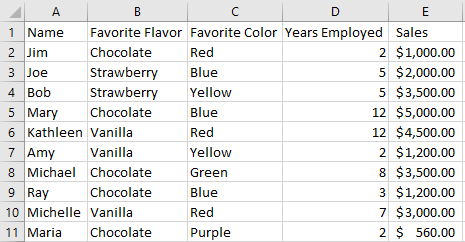
Open your desired Spreadsheet and click on “File” at the top.Here’s a quick guide on how to share a Spreadsheet. To avoid the “solo user” effects, you can use Excel Online (the cut-down, web-based version of Excel) or turn on the Shared Workbooks feature. Even if it does, someone else might log in and open the file before you. Excel’s promise to let you know when the other person exits the workbook is a gamble since it doesn’t check the status that often, and it may never enlighten you. The second user can cancel, wait, or view a read-only version. When Excel systems grow organically, you quickly run into problems where one user opens a workbook at any particular time, and a second person gets told that it’s already open. This article explains the most common issues that come up when using Excel spreadsheets, how to tackle them, and when you’re better off taking the plunge and switching to a database instead. Several things can go wrong, causing time delays and possible data loss. All it takes to break the structure of a database is placing data in the wrong area, typing data inconsistently, or even having two people working on the same sheet. What begins as a small project in Excel grows into something massive, at which point you could also face speed and stability issues or even a development problem you can’t solve.įurthermore, big data management tasks often present significant challenges, such as organization, implementation, classification of files, database management, user collaboration, and more. Unfortunately, the ease of starting working in Excel or a rival spreadsheet program is also one of its biggest problems.

Perhaps you need more sophisticated formulas for calculations or macro programming to automate data collection and processing.


 0 kommentar(er)
0 kommentar(er)
